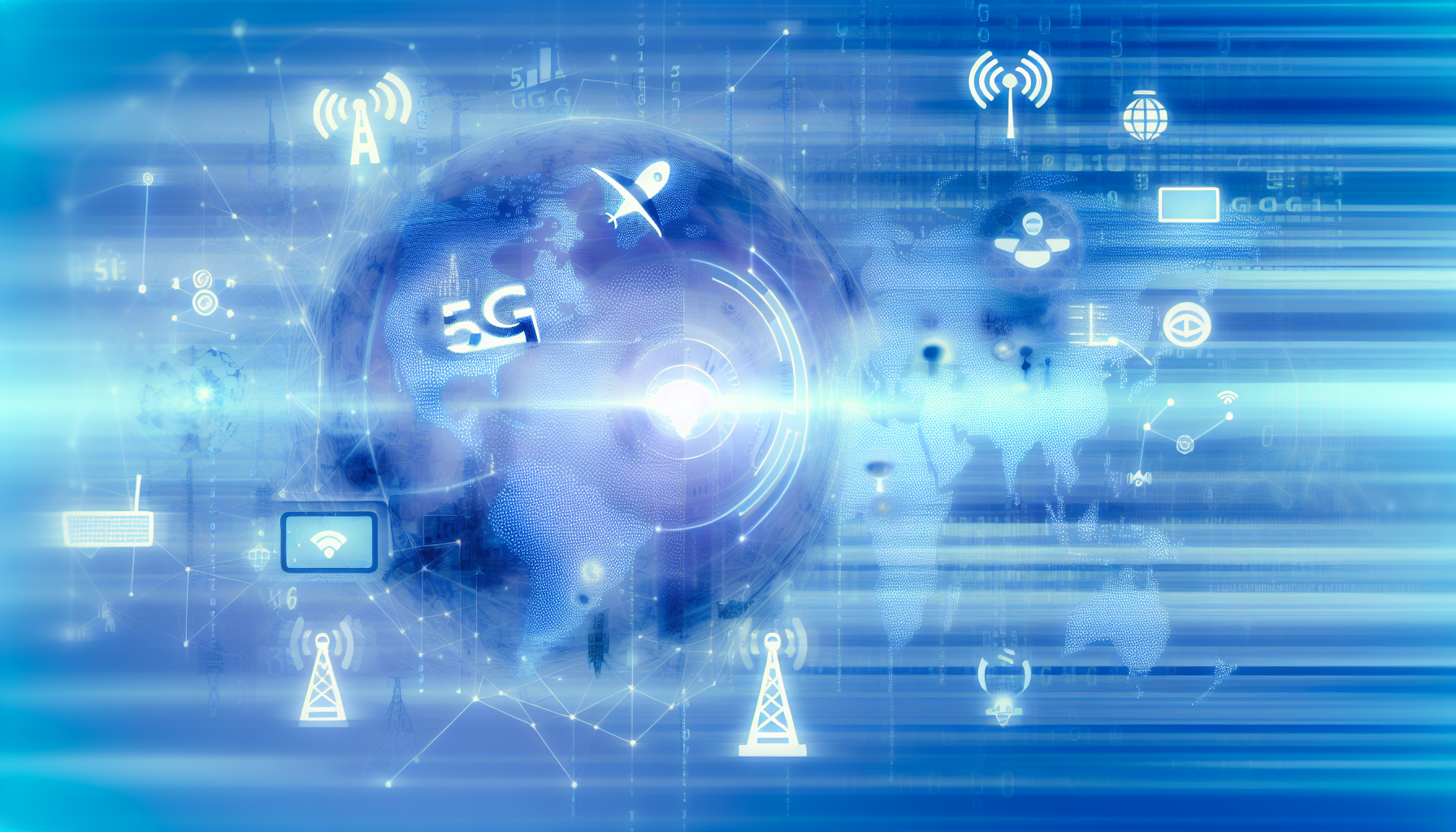Expansion and Impact of 5G Technology: Transforming Connectivity and Innovation Worldwide
Posted on August 04, 2025

5G technology is rapidly expanding globally, delivering speeds up to 20 Gbps and enabling transformative applications in IoT, AR, autonomous systems, and more. With over half the world's population covered and a booming ecosystem of devices, 5G drives innovation across industries, from enhanced mobile experiences to mission-critical enterprise solutions. The shift to standalone 5G networks and continued investment promises even greater connectivity tailored to future digital demands.
The expansion of 5G technology is reshaping the global digital landscape at an unprecedented pace. As of mid-2025, 5G networks cover over 50% of the global population, with projections to engage upwards of 1.2 billion connections worldwide by the end of the year. This rapid rollout is not just about better mobile phone coverage—it represents a foundational shift supporting real-time communication, massive data processing, and a new wave of digital innovation across industries[3][4].
Technically, 5G offers peak data speeds reaching up to 20 Gbps, approximately ten times faster than the previous 4G standard. This leap enables applications demanding high throughput and ultra-low latency, such as augmented reality (AR), virtual reality (VR), Internet of Things (IoT) ecosystems, and autonomous systems. These improvements ensure smoother streaming, real-time control for autonomous vehicles, and vastly improved industrial automation[1][3].
The device ecosystem has grown robustly: 3,378 5G devices have been announced globally, with 2,977 commercially available, covering 32 device types from phones to industrial routers. While phones dominate the scene with over 1,750 models, fixed wireless access devices and modules have rapidly expanded, demonstrating the technology's range beyond traditional consumer use-cases[1]. Interestingly, the majority of devices support sub-6 GHz bands, which provide widespread coverage, while only a small fraction handle millimeter wave frequencies that offer ultra-high speed but over shorter distances[1].
On the adoption front, 5G smartphone sales are projected to exceed 150 million units in 2025, capturing close to 70% of all smartphone sales worldwide. Additionally, sectors such as automotive and consumer electronics are increasingly integrating 5G capabilities, driving innovations like advanced telematics and smart home devices[2].
The business impact is profound: industries from healthcare to finance are leveraging 5G for digital transformation, enabling new services such as remote surgery, immersive training simulations, and instant transaction processing. For example, sports viewing experiences are enhanced via 3D and multiple-angle livestreams powered by 5G’s bandwidth and low latency[3].
Europe has also made significant strides with substantial public funding exceeding €300 million to accelerate 5G and future 6G research and infrastructure. The region focuses on expanding 5G standalone (SA) networks and private 5G implementations tailored for enterprises, positioning itself competitively against other global leaders like China and the U.S.[4].
Looking ahead, 5G's impact will deepen as network slicing, edge computing, and AI integration mature, enabling hyper-customized network performance per application and user. The transition from non-standalone (NSA) to standalone (SA) 5G architectures will further reduce latency and increase reliability, critical for mission-critical applications such as autonomous drones and immersive AR/VR in remote work scenarios.
In summary, 5G is no longer just a network upgrade—it is the backbone for a new era of connected experiences and intelligent systems. Tech enthusiasts should watch for continued device innovation, expanding network capabilities, and creative new services that fully exploit 5G’s game-changing potential.


